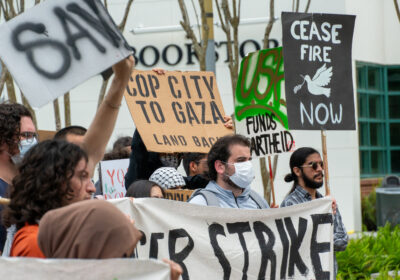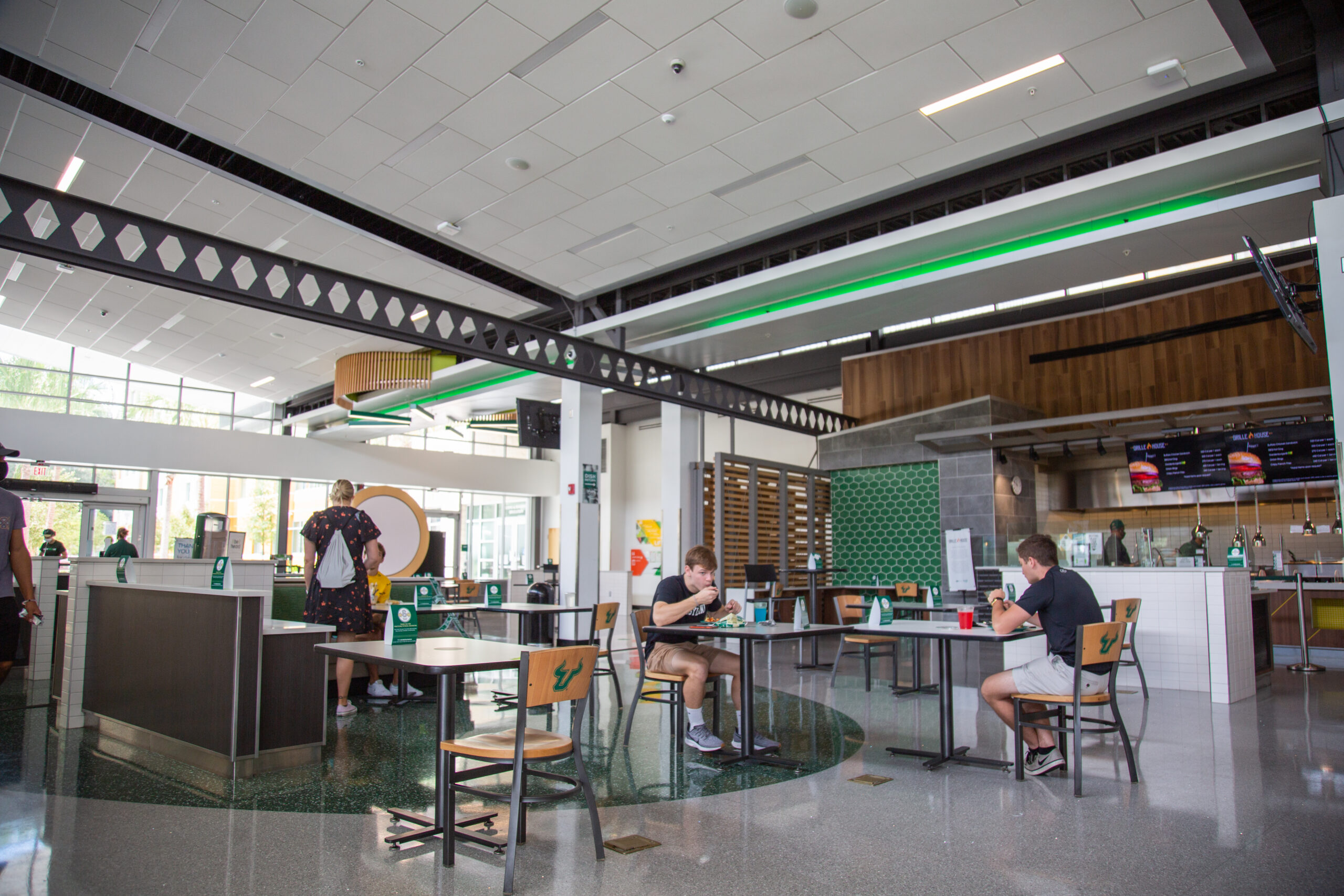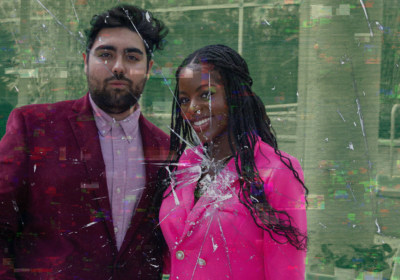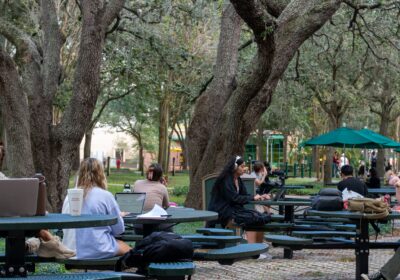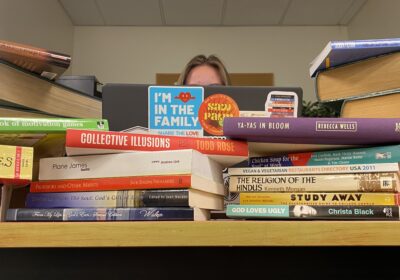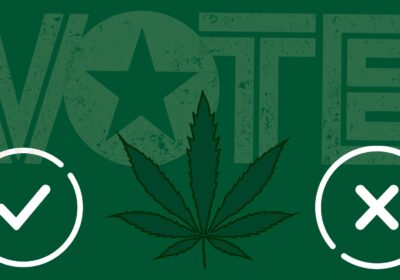Students right to free speech should be upheld
The Supreme Court announced Tuesday that it will not intervene in three cases of First Amendment controversies over students on the Internet – a move that could have dangerous repercussions.
All three incidents occurred when students posted controversial material on MySpace, and the school district intervened. Had the Supreme Court ruled on the cases, a precedent would have been set on the boundaries of free speech for students in the digital age. However, such gray areas are still unresolved, leaving students susceptible to abusing or losing their First Amendment rights.
According to the Student Press Law Center (SPLC), the first incident occurred in 2005, when high school senior Justin Layshock, created one of several profiles mocking Hickory High School principal Eric Trosch.
The school district found that Layshock violated a number of rules and sentenced him toout-of-school suspension, Layshock’s parents sued the school district on the grounds that the sentencing violated the First Amendment. The 3rd U.S. Circuit Court of Appeals sided with Layshock.
A similar incident reported by the SPLC occurred when twoeighth-grade students created a profile using principal James McGonigle’s picture and fakebiographical information and were suspended. One student’s mother sued the school and won.
Several court precedents such as Tinker v. Des Moines Independent Community School District allow for limitations of students’ First Amendment rights if the speech causes a significant disruption in the school.
School officials act as publicfigures within their district and should not be exempt from criticism and even mockery by the people they serve: students and parents of the district. As long as there is no serious disruption of classroom activities and no danger to the students, the speech should be allowed.
The third case discovered by the SPLC, however, was against another student, not an administrator. In 2005, Kara Kowalski created a group titled “S.A.S.H.”, which may have stood for “Students Against Shay’s Herpes.”
Shay’s parents filed aharassment claim at the school. Kowalski also receivedout-of-school suspension and was banned from school events. The 4th U.S. Circuit Court of Appeals upheld the punishment.
In cases of bullying, such as Kowalski’s, speech potentially should be monitored for the protection of the students. Given recent issues with suicide and school bullying, issues of harassment and bullying between students should be taken seriously and controlled. In extreme cases such as these, the well-being and safety of a minor could be compromised if action is not taken.
One thing is certain: the Supreme Court’s decision to reject considering the cases leaves unanswered questions for school officials and their students concerning censorship on the Internet. If the Supreme Court ruled on the issue, then they would have done more than acknowledge the lower court’s decision: they would have set a new precedent appropriate for the digital age.


